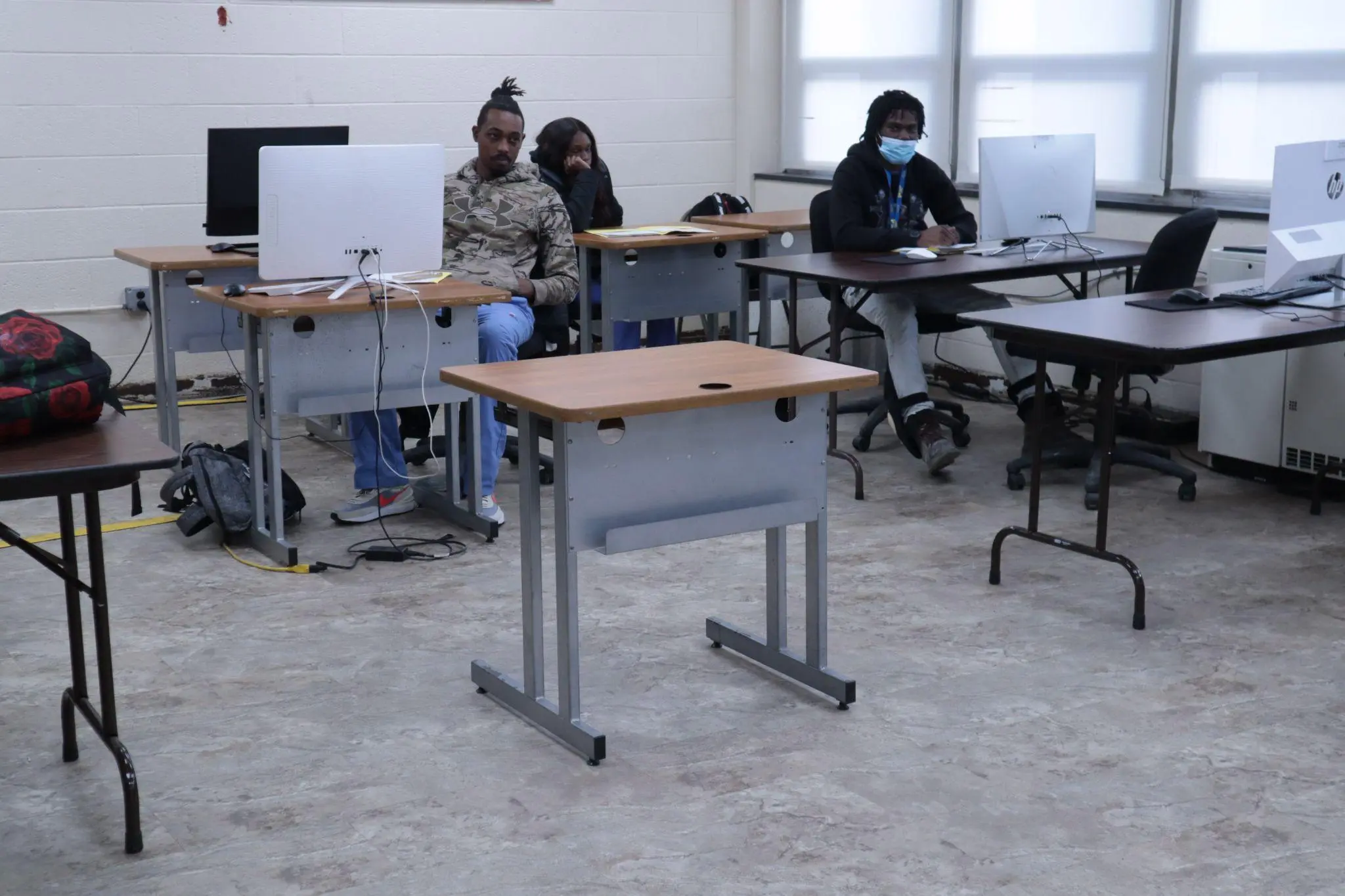Rural and small-town communities across the nation are increasingly looking towards vocational trades training. Additionally, it provides people with valuable practical skills that lead to secure and high-paying employment.
Unlike the conventional academic routes, skilled trades focus on hands-on and practical learning. Moreover,this approach is particularly suitable for individuals in communities with limited resources for accessing four-year colleges.
Rural areas have traditionally faced challenges such as population decline, limited employment opportunities, and youth migration to urban regions. However, the investment in skilled trade training would aid in reversing this trend. This not only helps to keep talent in the community but also enhances the local economy.
Vocational trades training encompasses a range of disciplines, including electrical work, pipefitting, automobile repair, construction, and manufacturing. Here, on completion, one can start working immediately and earn a decent salary.
Moreover, it creates more opportunities for students who want to pursue vocational studies rather than classroom-based learning. It equips them with certifications that are recognized countrywide in the workplace. Consequently, rural inhabitants have an opportunity to build careers without moving to big cities.
However, the rural skilled trades training programs have limitations.
Communities are devising solutions to address the barriers—mobile training units, which transport equipment and teachers to remote locations, are becoming increasingly popular. Also,collaborations with local businesses for apprenticeship and job placement are popular, too.
Additionally, PTTI vocational training offers structured programs targeting the student community with implementation assistance and national recognition certifications.
A Career college plays a vital role in expanding access to skilled trades training. These universities provide specialized educational programs to meet the needs of the regional labor market. They offer hands-on instruction, flexible schedules, and mentorship.
For example, a career college can offer evening or hybrid classes too. This helps working adults attain new skills without compromising their jobs. A competent career college would develop robust industry connections and also thriving connections with employers, to offer the best possible apprenticeships to its students. Programs at PTTI exemplify this approach precisely.

Choosing the right school is a crucial step for students seeking vocational trades training. The best trade school has several things to offer-
Rural areas in the U. S. have specific industry needs that vocational trades training addresses.
Also, we will need construction trades such as carpenters, masons, and drywall technicians in significant numbers in the future for local residential and commercial projects. Additionally, nationwide increase in the supply of housing (and renovations to existing housing) will continue to increase the demand for students who have marketable skills in these construction trades.
Rural manufacturing companies will also need workers such as machinists, welders, and quality control technicians. Also, rural manufacturing jobs often pay above-average wages, and these jobs allow the person to advance in their career and develop their skills further if they wish to do so.
Skilled automotive and diesel repair personnel, on the other hand, are needed in industries such as agriculture, transportation of products, and local delivery services, which must have vehicle fleets operated and in good repair by skilled technicians.
Developing local communities where students can return to for employment in the local industries means having enough knowledgeable and skilled workers.
Additionally, these jobs again exhibit relative job security, benefits, and combine with the other two forms of employment to provide support to students to remain living in rural areas, and describe rural youth employability jobs.

Technology continues to change how instructors teach vocational approaches in rural areas. Also,online modules, hybrid courses, and virtual simulations enhance a student’s ability to develop skills, even when they are unable to be physically present in a classroom setting.
For example, a student can virtually practice electrical wiring or troubleshooting in an online simulation before working on actual equipment. Additionally, users can also check the progress and status of apprenticeship programs through the mobile applications. These also give the user easy directions to follow in obtaining any necessary certification.
The programs and courses in the best trade school show how to incorporate these technology tools to allow for flexible, accessible, and successful learning and teaching in the new age of technology!
U. S. rural communities benefit from the federal and state programs that support work-related training.
Beyond individual careers, vocational trades training supports entire communities. Graduates equally play a significant role in ensuring the smooth running of local businesses and other critical infrastructure setups while also helping their families generate extra income.
Furthermore, the training programs ensure that young people remain in rural areas and prevent talent drain.
Communities benefit economically, socially, politically, and even culturally.
Increasing access to vocational trades training in rural and small-town areas is a very successful strategy to upscale the workforce. By creating skills trades training opportunities, rural and small-town communities will begin to build viable, well-paying, and stable career pathways that can increase their local economies.
Programs provided via a career college, mobile training unit, hybrid approach, etc., will provide rural community members with access to a variety of high-quality vocational training programs.
Overall, this is a win for the person, community, nation, and a hugely successful effort at creating a competitive rural America. PTTI is an example of this vision, offering low-cost and hands-on programs that transform the lives of students and their families, while supporting the needs of businesses and local employers.
Read More :